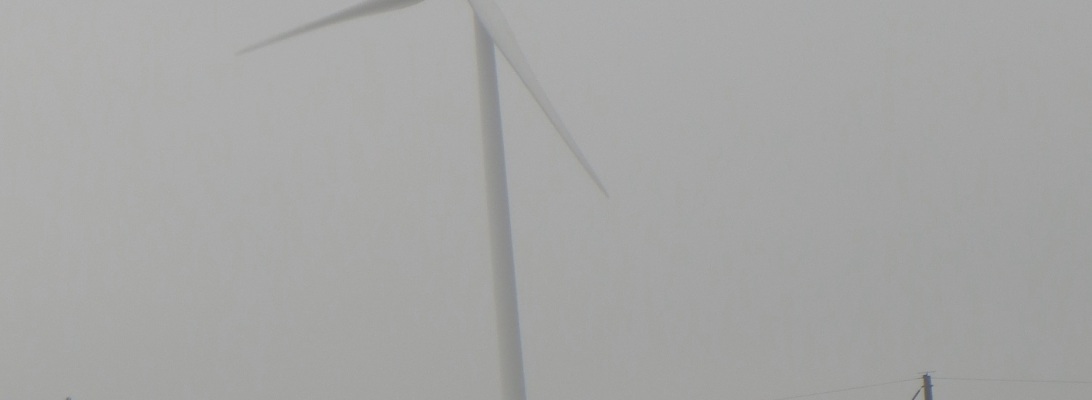Thursday:
My heart broke today.
I watched a tree cutting company raze around 20 tall and proud cedar trees to the ground in my neighbourhood.
My nose was filled with the smell of diesel from their hand-held electric chainsaws. My ears were filled with the sound of wood being thrown into the chipper. And my eyelids were weighed down in sadness as the sight of these majestic trees with their green leaves disappeared from my sight.
I was devastated.
And I was triggered.
How could I not be? The province I live in is still experiencing its worst wildfire season. Entire swathes of forest across this beautiful country are being gutted by wildfires. The smoke from these wildfires is being picked up by satellites in space. There are ugly scars of burnt trees across the land.
At a time like this, a strata council in my neighbourhood – voluntarily – chooses to cut down around 20 beautiful, thriving trees. Ostensibly because the foliage from the trees is a threat to security, and loose limbs and branches create property damage when weighed down by snow during the winter.
Meanwhile the city does not require them to get a permit or any other approval because these trees form a hedge. This, despite the city’s professed plans to maintain urban forestry.
The tree-cutting carnage will continue tomorrow with the remainder of trees being reduced to stumps. My email to the city will likely have no effect. My email to the strata company will likely have no effect.
Today, I understood why people sit in trees to prevent men with chainsaws from cutting them down.
Today, I mourned the destruction of our planet – bit by bit – because some people don’t care, others stay silent, those that speak out do not have a platform to make their voice loud or resonant enough, and the ones with the platforms and with the power look the other way.
Today my rose-coloured glasses – through which I look at this country and its people – developed a crack.
***
Friday:
I walked past the remains of the cedar hedge three times today. But I was not brave enough to raise my eyes and look at what remained of them.
There was a sweet smell of wood in the air. As the fragrance entered the taste buds in my mouth, it turned into the metallic taste of blood.
I recited an Islamic prayer for the departed souls: Inna lillahi wa inna ilayhi rajiun, and I asked them to forgive me for not being able to protect them.
My heart is heavy.









You must be logged in to post a comment.